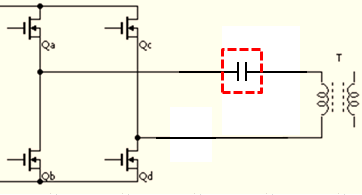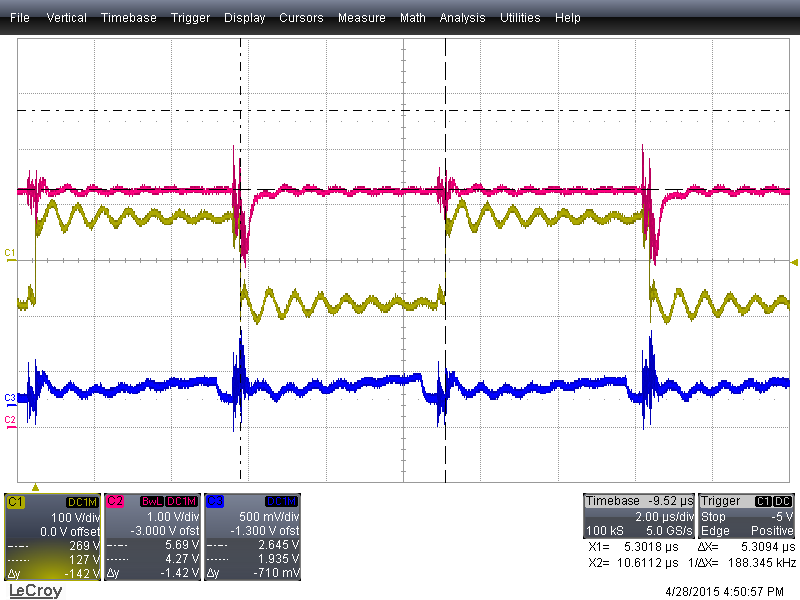Hi,
I'm sorry to ask about basic question.
I think coupling capacitor in series to transformer is necessary to prevent uneven magnetism in normal full bridge configuration.
Is this capacitor unnecessary in phase shift full bridge configuration(UCC28950)?
Regards,
Yaita




